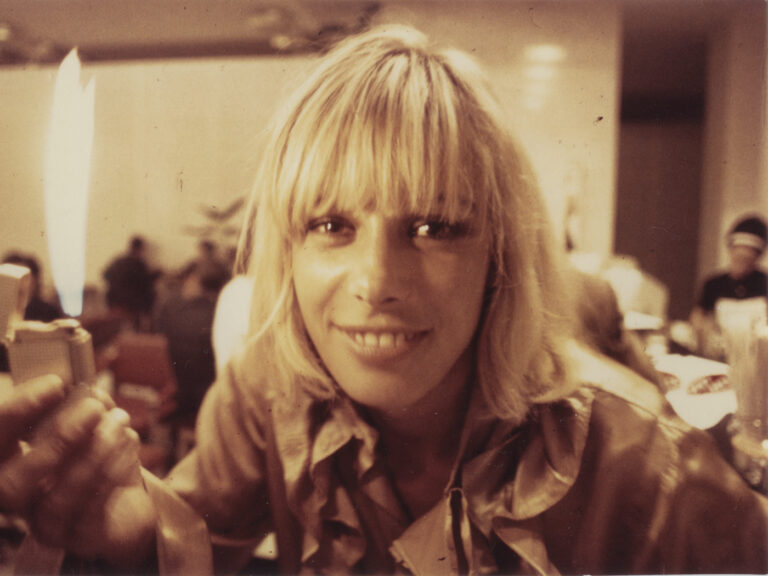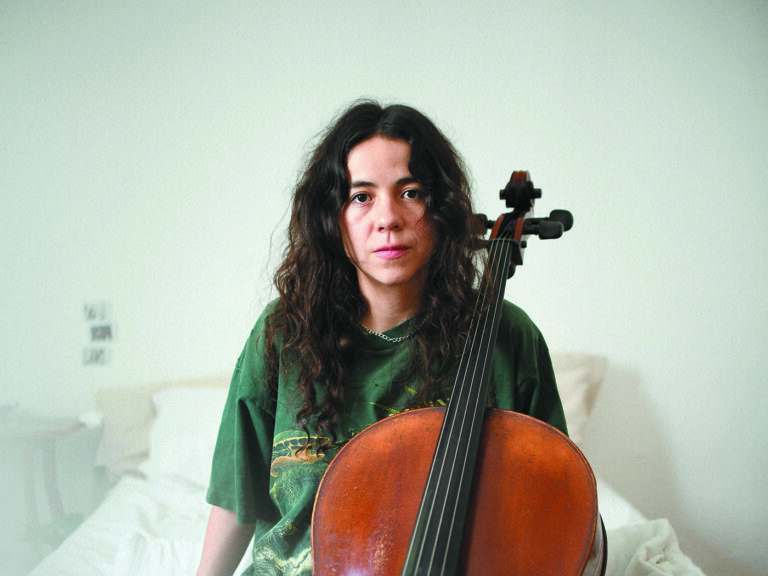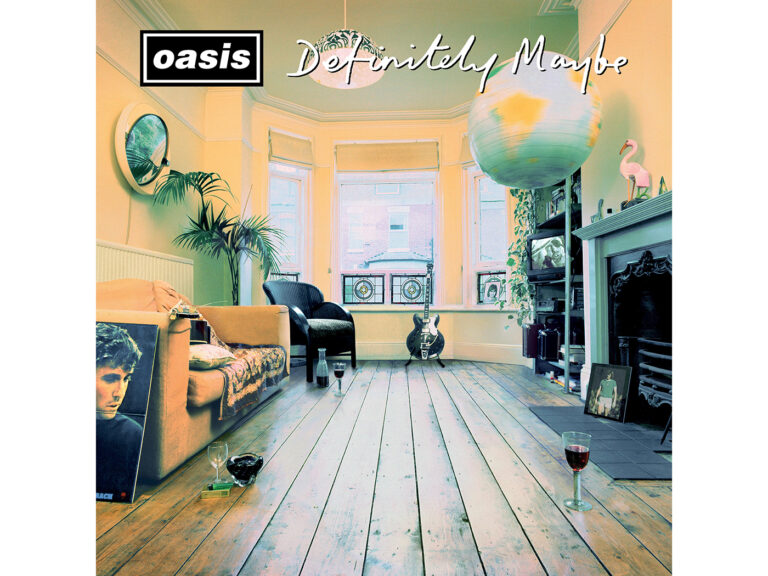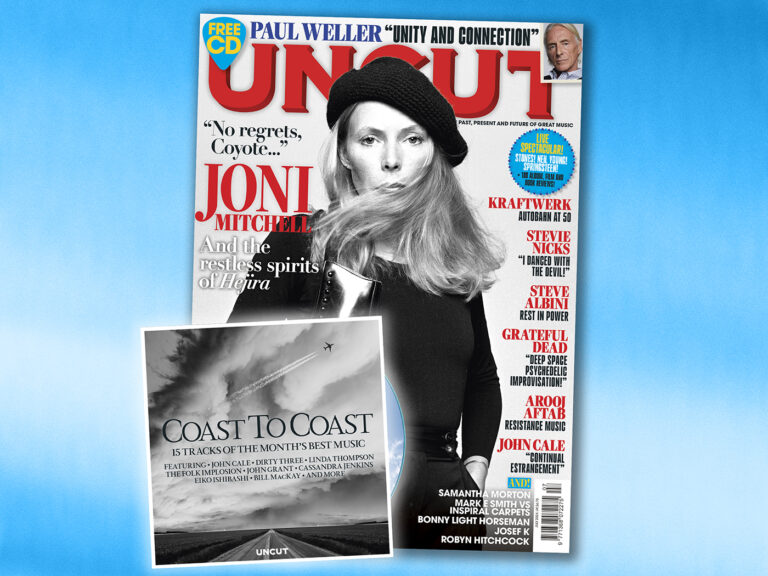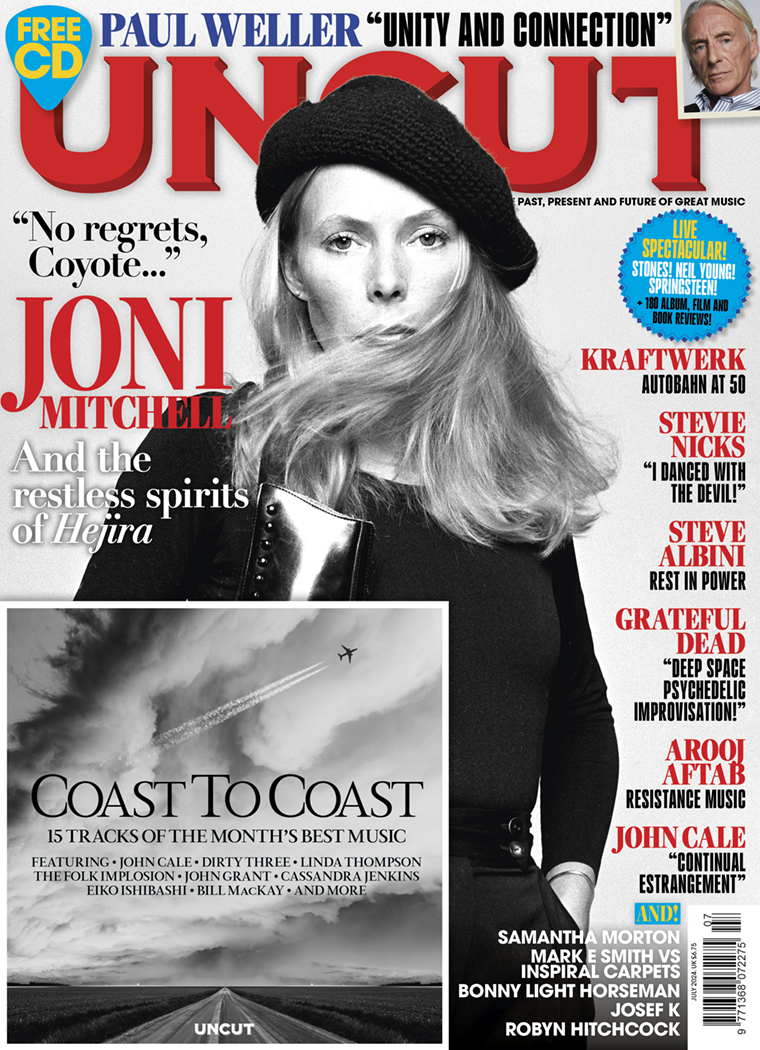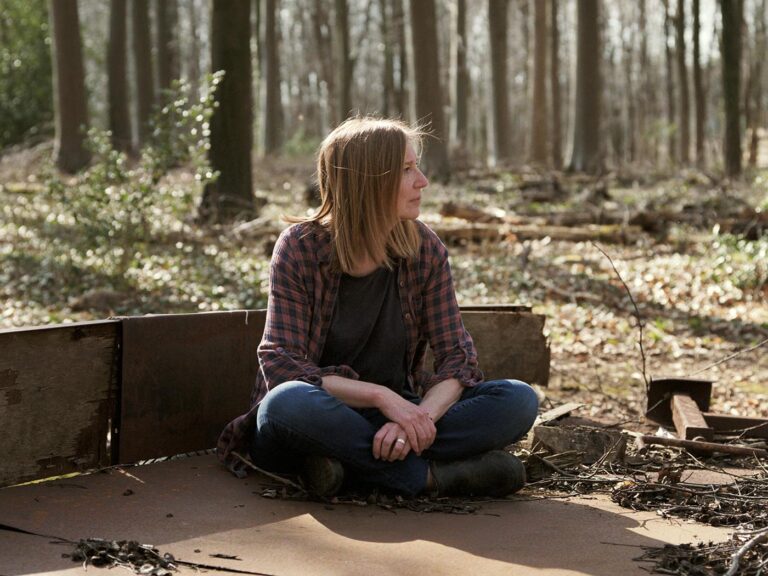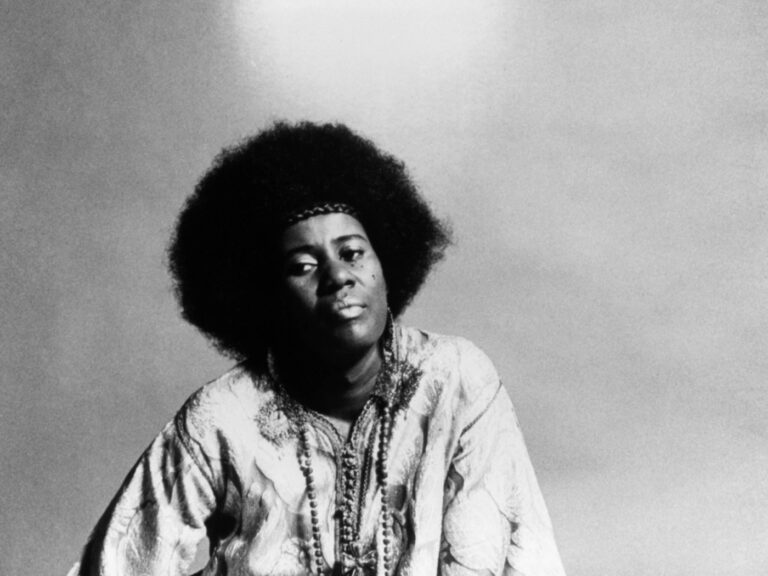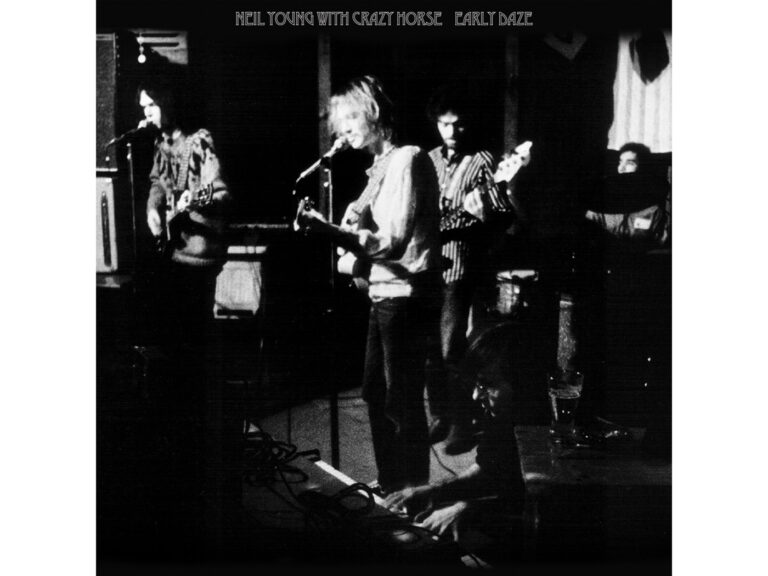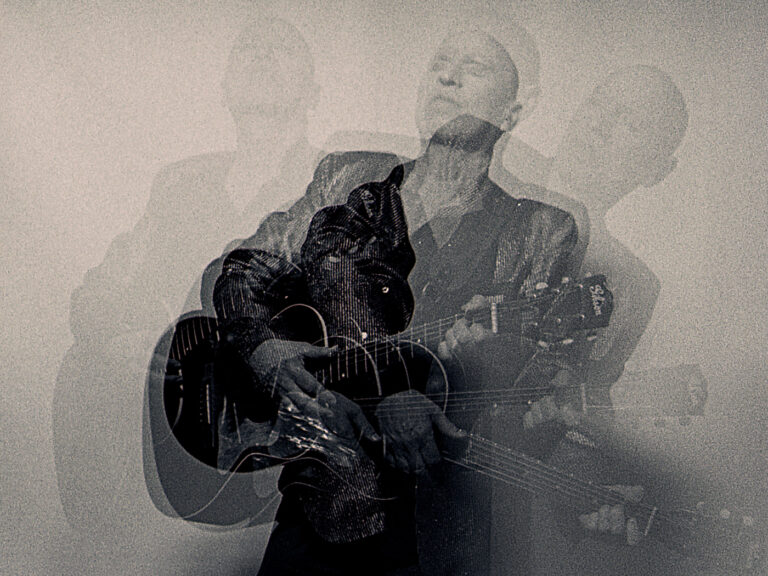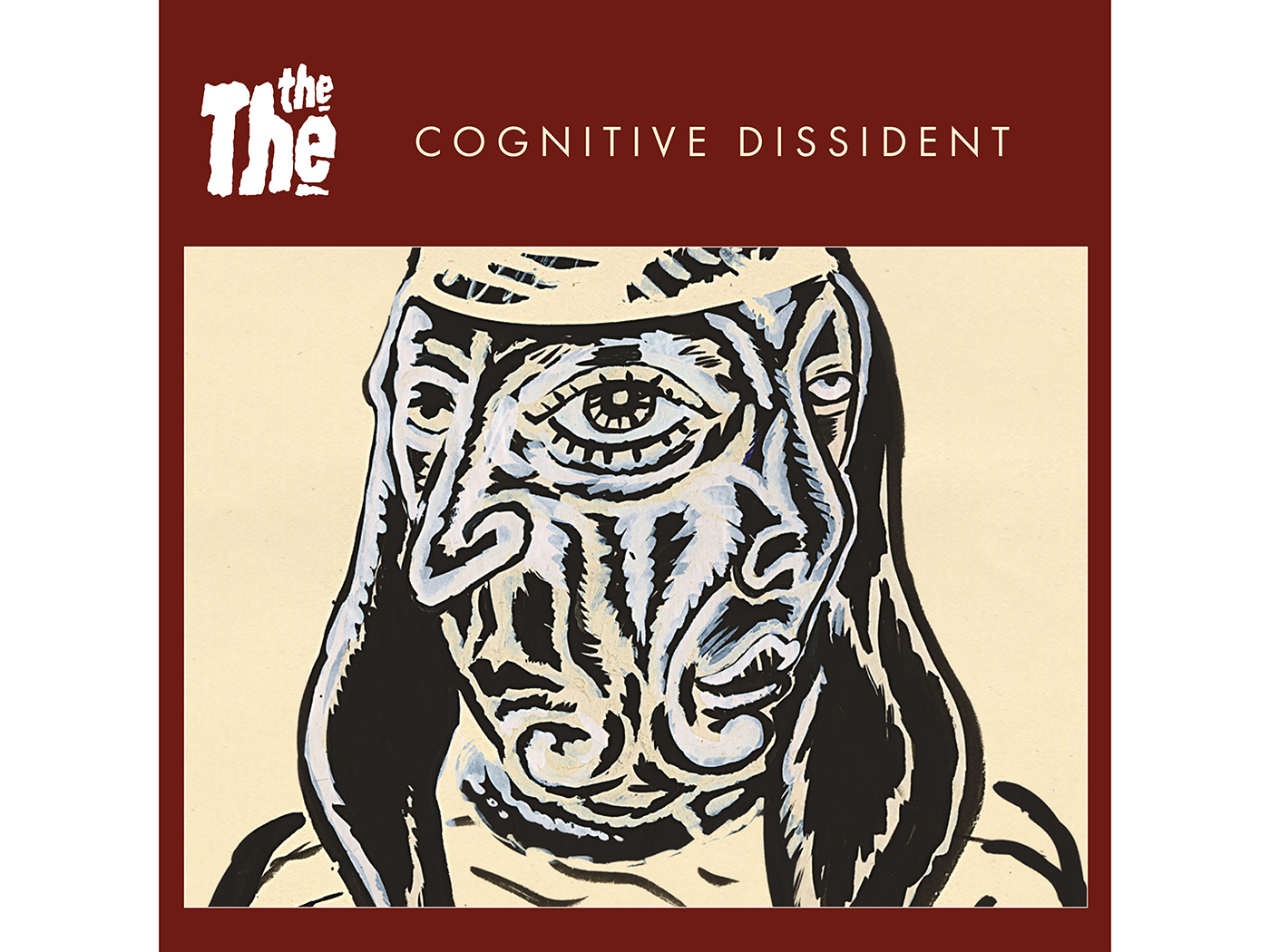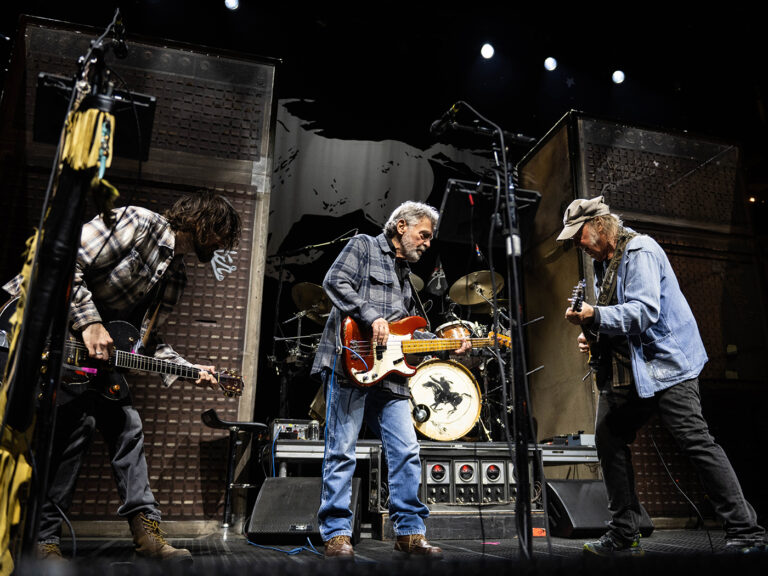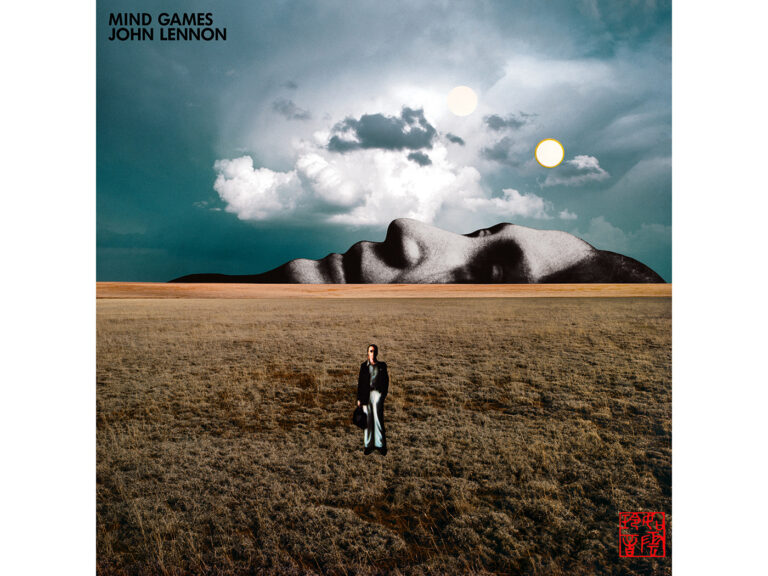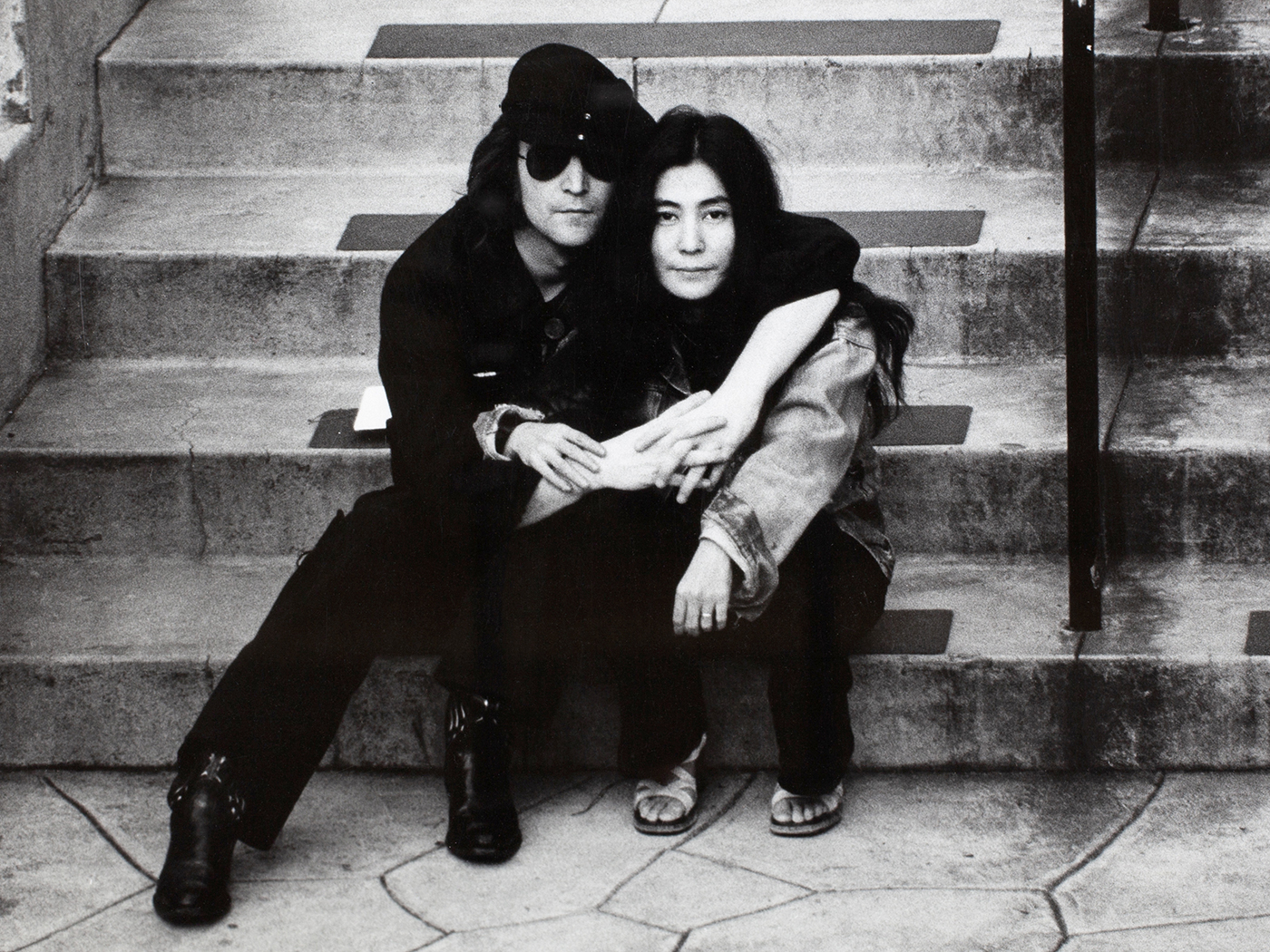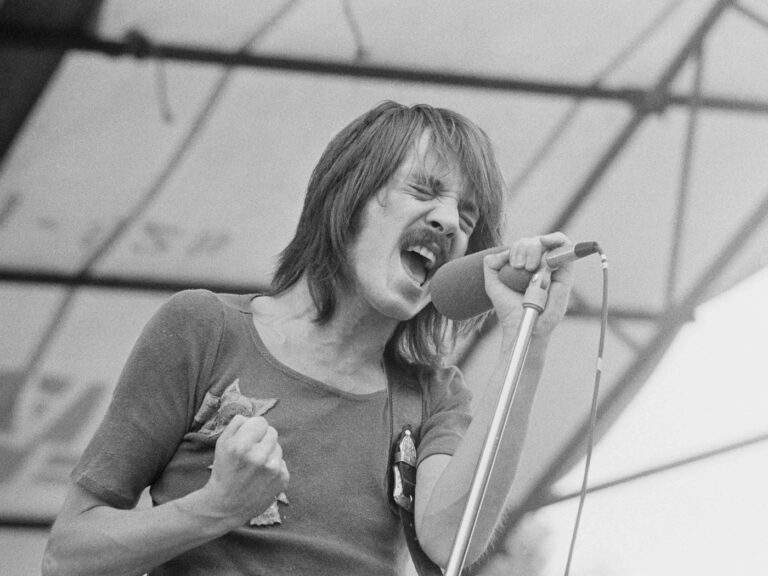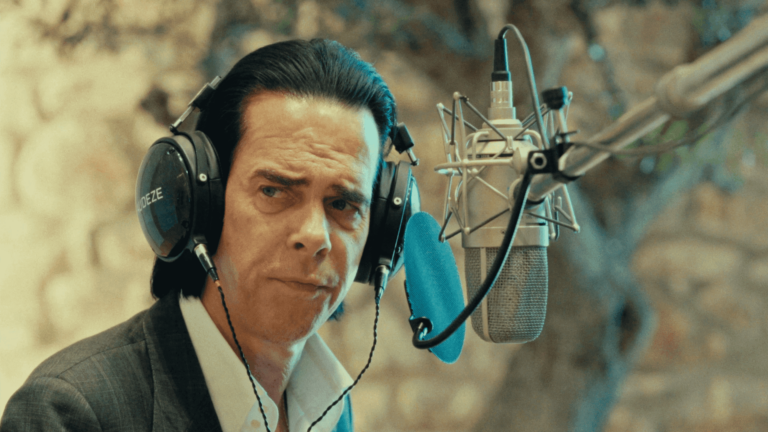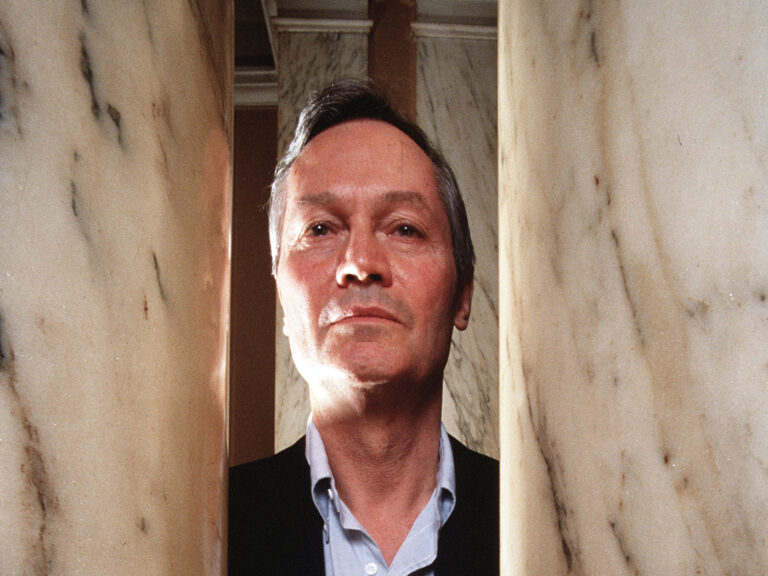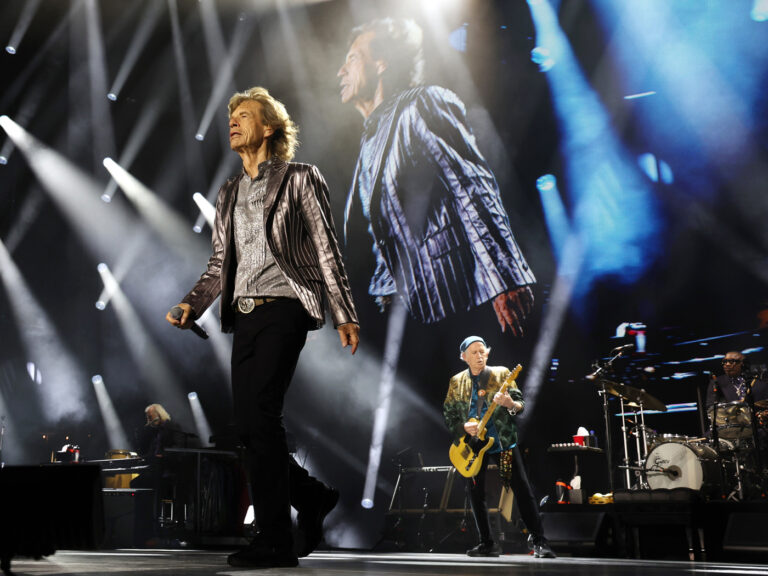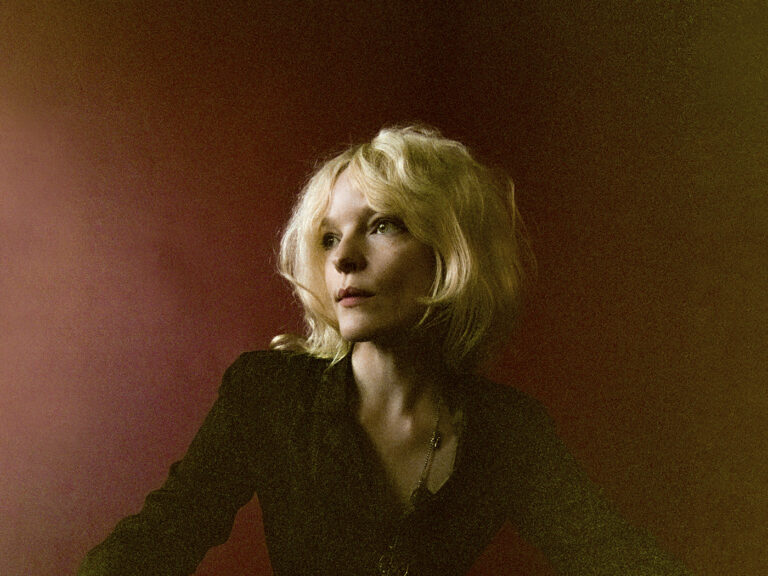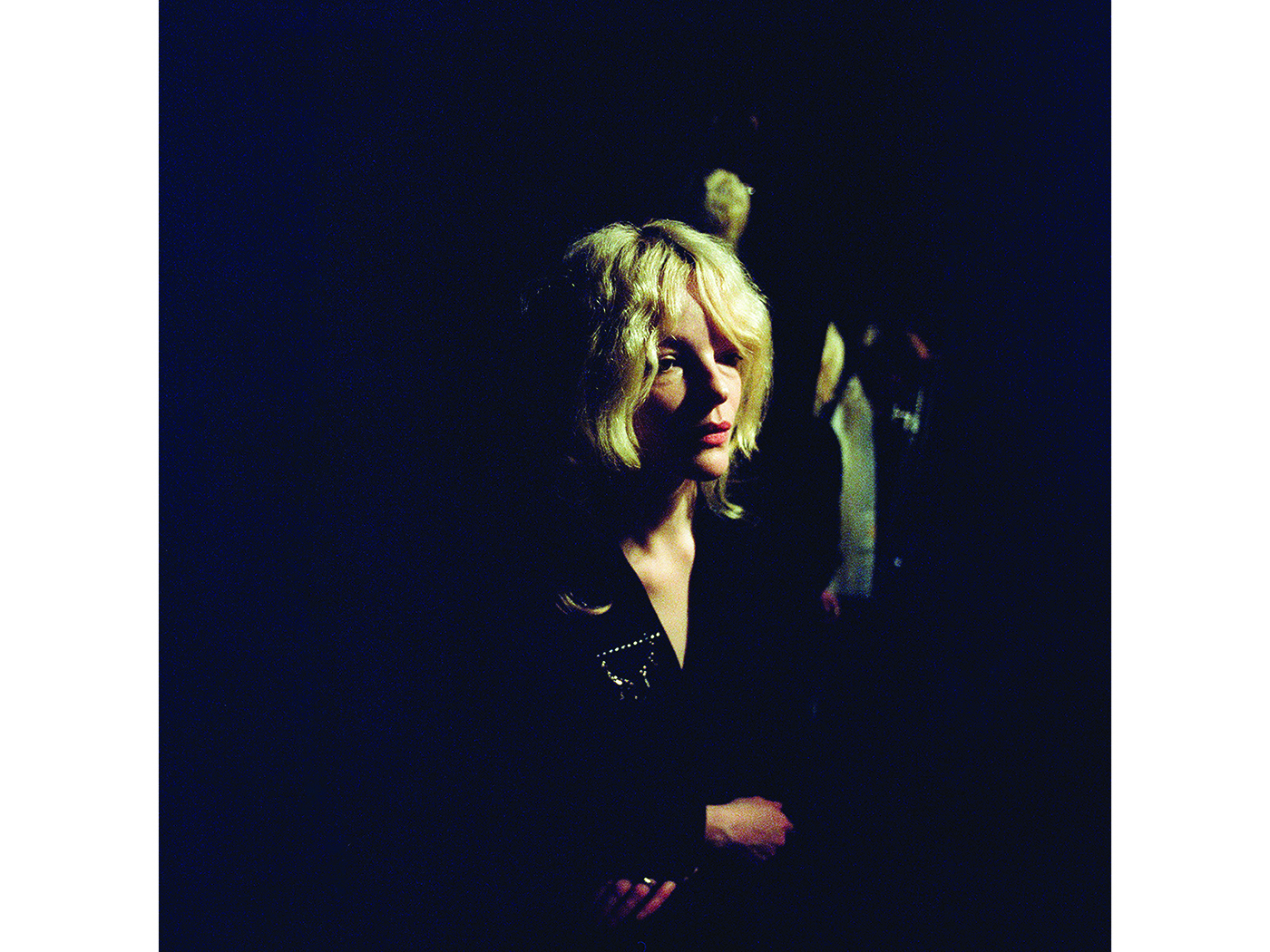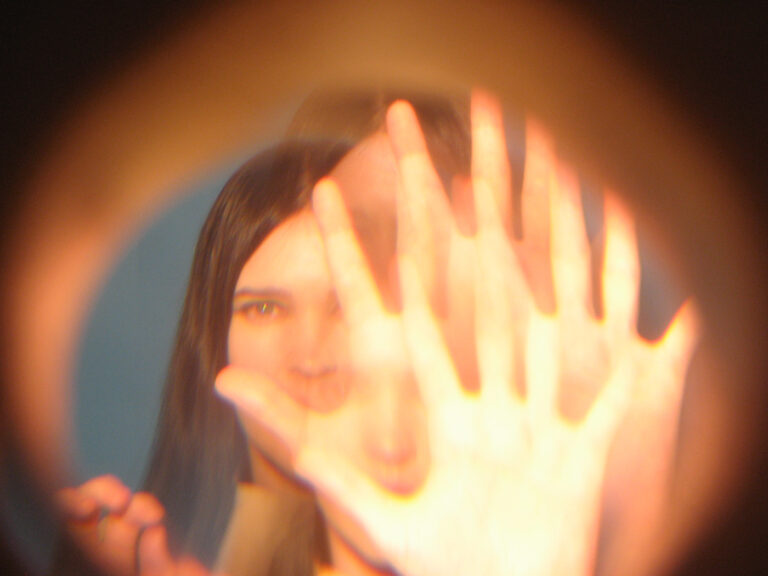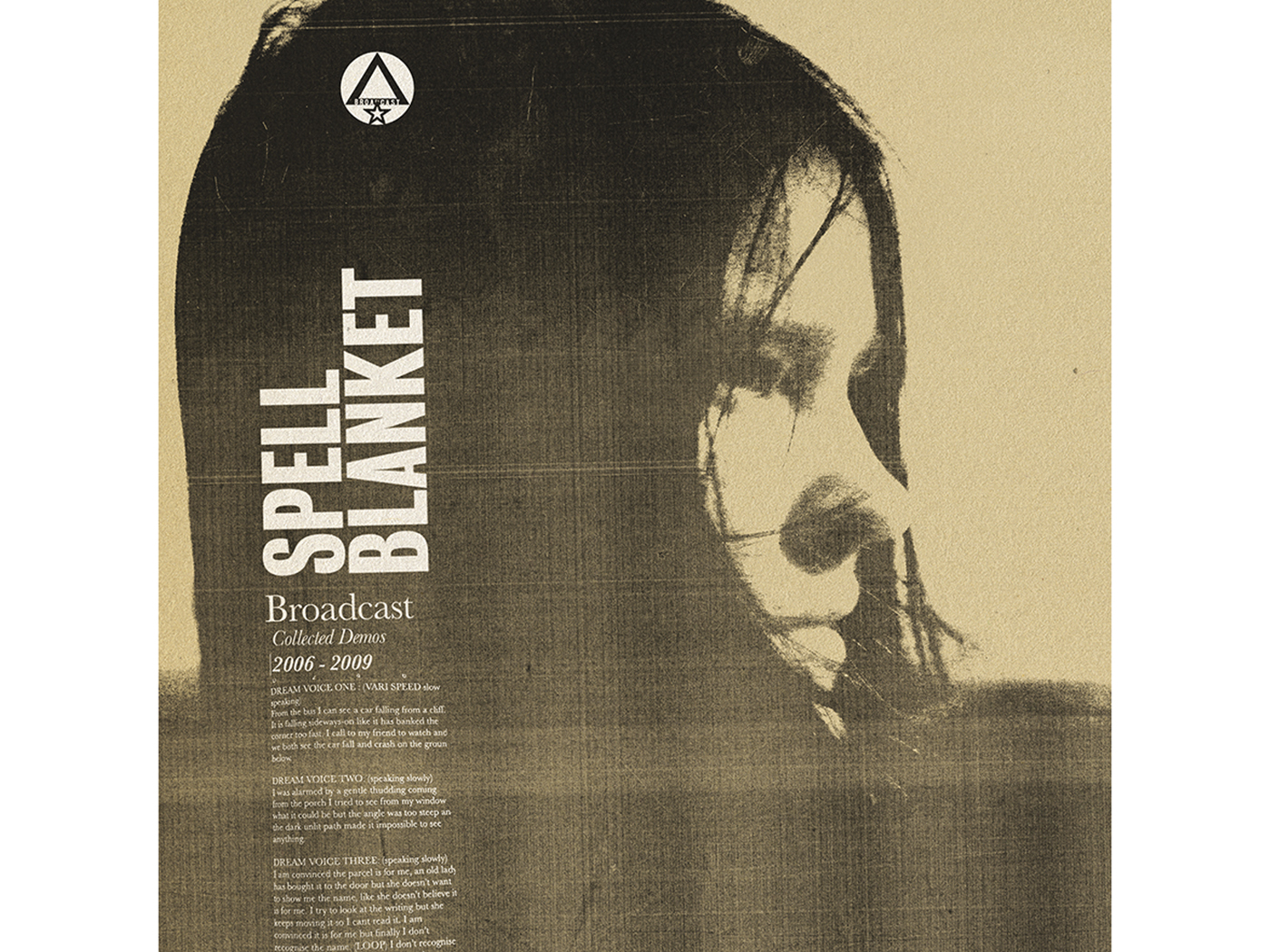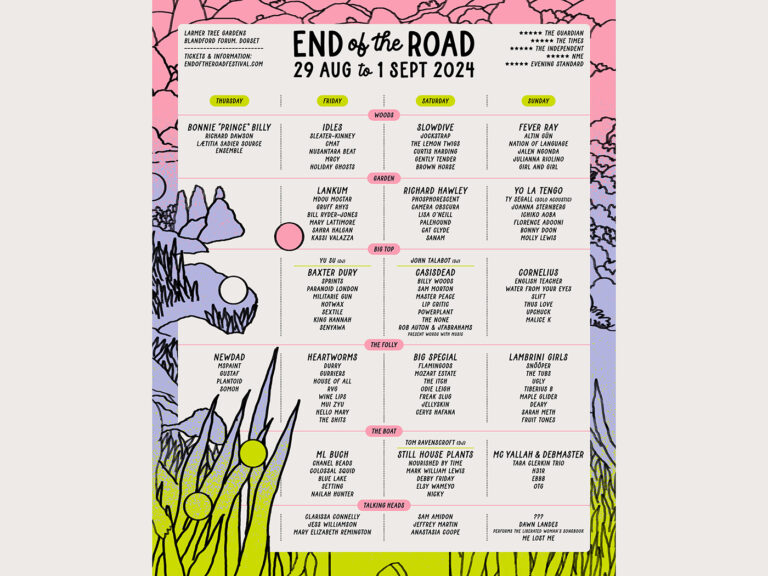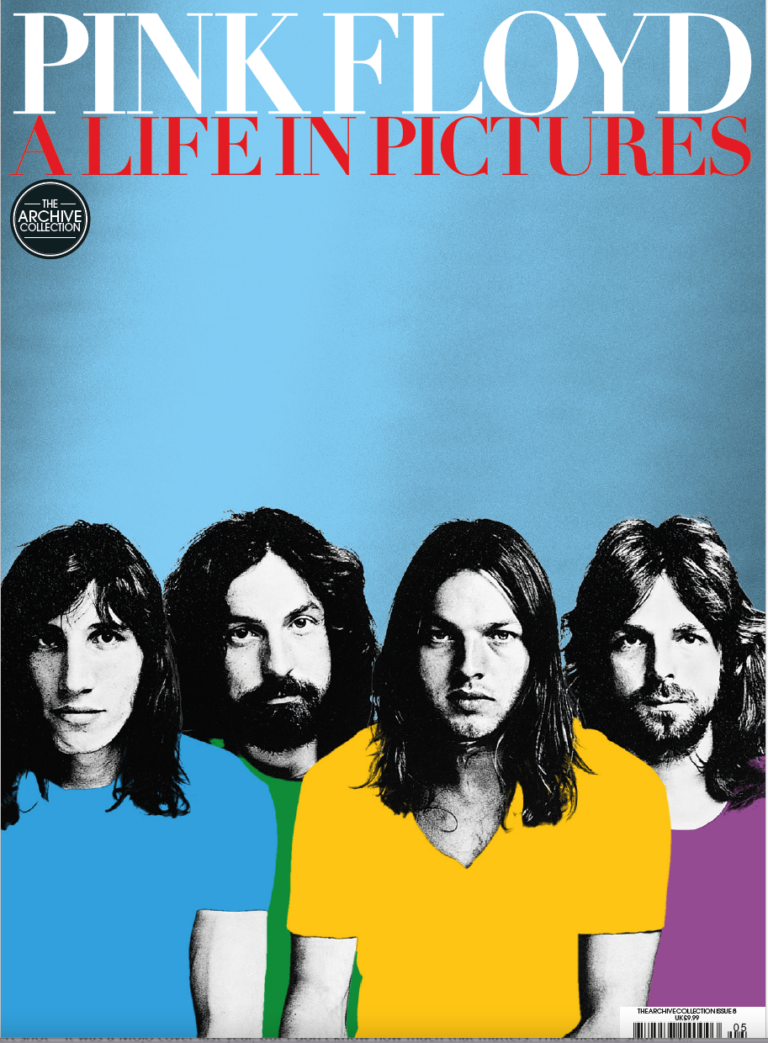From Uncut’s archives – 2004 vintage.
Roger Corman has assured his place in the history books several times over. As fast and furious director and/or producer of over 300 no-budget exploitation movies since 1955, he remains the most successful independent film-maker Hollywood has ever known.
If he’d done nothing but direct his ’60s cycle of Edgar Allen Poe adaptations, films that found a perfect balance between haunted elegance and Pop hallucination, he would be remembered. As that turbulent decade wore on, however, Corman responded to currents in the air – and the money burning holes in the pockets of a restless new youth audience – with films that reflected the era in ways major studios couldn’t comprehend. Nihilistic biker films such as The Wild Angels (1966) and head movies like The Trip (1967) led directly to Easy Rider (in whose creation he was instrumental) and the subsequent revolution in ’70s Hollywood.
ORDER YOUR COPY OF THE NEW UNCUT, FEATURING AN EXCLUSIVE DAVID GILMOUR INTERVIEW AND A FREE CAN CD!
His greatest legacy, however, might be the incredible roster of talent he nurtured. Almost all the Easy Riders Raging Bulls players started out working for him. After they had graduated, he was instrumental in kickstarting another generation: names such as Jonathan Demme, John Sayles, Joe Dante, Ron Howard and James Cameron.
Corman has always been synonymous with incredible economy – not for nothing did he call his autobiography How I Made A Hundred Movies In Hollywood And Never Lost A Dime – and acknowledges the irony that Cameron went on to direct the most expensive movie ever made. “That was fine. In fact, I admire Jim for spending $180 million, because you can see it in Titanic. What I object to is somebody who spends $80 million and it’s two people walking around a room.What happened to the money on that?”
At 78, Corman remains tirelessly active. In the past four years alone he has produced over 20 movies for his straight-to-video enterprise and continues to be called upon by former employees to play cameos in their movies: most recently in Dante’s Looney Tunes: Back in Action, he’ll next be seen in Demme’s Manchurian Candidate remake. Here, though, the Godfather of American independent cinema graciously ushers Uncut into his busy schedule, to grade some of Corman University’s most illustrious alumni.
JACK NICHOLSON
Corman produced the film which gave Nicholson his first starring role, as the eponymous Cry Baby Killer (1957), then directed the actor’s depraved breakthrough in The Little Shop Of Horrors (1960). Across the early 1960s, Nicholson developed into a key member of Corman’s stock company.
CORMAN: Little Shop Of Horrors was a comedy-horror, with the emphasis on comedy. Jack played a masochist in a dentist’s office who wanted to have his teeth drilled. He was very, very funny. The only problem was, the scene was supposed to end as a duel between Jack and the dentist, using a scalpel and a dentist’s drill and – I shot this picture in two days – on the first take, they knocked over the dentist’s chair, so I said, “Alright, the scene ends right there,” because we’d no time to repair the chair. I’d first encountered Jack through the acting classes Jeff Corey was running in LA. As a director, I had no experience or training. I had a degree in engineering, and felt able to learn the use of the camera, editing, all the technical aspects, but I didn’t know enough about acting, so I joined Jeff’s class to learn. Jeff was teaching the Method, which is based to a large extent on improvisation, and Jack was exceptionally good, really the best in the class. He had a unique ability to play a dramatic scene with great intensity and at the same time bring humour to it, without undercutting the drama. That’s very difficult, and very unusual – particularly when you consider Jack was only about 19. I think it’s one of the things that’s served him throughout his entire career. He’s always been a fine actor, and is simply getting better. He helped out behind the camera, too. I did a picture called The Terror (1962), with Boris Karloff and Jack, which I shot two days of on standing sets from The Raven (1962), with only part of a script written. Boris worked those two days, and Jack was going lead the rest of the picture, when the script was written. I had various people directing parts, Francis Coppola, Monte Hellman. The last day of shooting, there was nobody available, so Jack said, “Roger, every idiot in town has directed part of this, lemme direct the last day.” And the work he did was good. We stay vaguely in contact – I see all these people at parties and so forth. Jack, when he directed The Two Jakes (1990), offered me a role, but I had to be in Europe, so I was unable to do it.
FRANCIS FORD COPPOLA
Coppola cut his teeth recutting ’50s Russian sci-fi movies for Corman to redistribute Stateside; for his first effort, Battle Beyond The Sun (1963), he added a notorious new scene, involving monsters constructed to look like a huge penis and vagina. Corman subsequently produced Coppola’s directing debut, Dementia 13 (1962). Instigating a trend among Corman alumni, Coppola paid thanks by casting his mentor in a cameo in The Godfather Part II (1974).
Francis came straight out of UCLA film school. This was in the ’60s, and I had bought the American rights to some Russian science fiction films, which were very well made technically, but contained some really outrageous anti-American propaganda. So Francis’ job was to recut the films: dub them into English, cut out the anti-American elements. On Battle Beyond The Sun, I had told Francis I wanted an additional battle scene between monsters put in, and asked if there could be some erotic quality to it. Well, he went beyond anything kind of vaguely symbolic! He made it pretty blatant. We had to cut that back a little. Francis became my assistant after that, and went on to direct Dementia 13 for me. He was capable of doing just about any job there is on a film, and doing it well. For instance, we went to Europe to do The Young Racers (1962) with a very small crew, just followed the Grand Prix circuit, and on that, Francis was First Assistant Director, handled some of the sound, and also handled second unit camera on the racing days. Both with him and Jack, I could recognise early on they had great abilities, and I expected them to do well. But I had no way of knowing they would do as well as they did. When he directed me in Godfather Part II, that was fine. When he cast the Senate Investigating Committee, of which I played a member, he used writers, directors and producers for all the various Senators, which was interesting. He talked to us, explained the scene, ran through the rehearsals, then left us to totally to our own during the takes. Which I think is a very nice thing for a director to do.
PETER BOGDANOVICH
A buff hoping to break into films, the future Last Picture Show director had recently arrived in Los Angeles and was working as a critic when Corman hired him to rewrite and help out on his biker classic, The Wild Angels. After Bogdanovich performed surgery on another Russian sci-fi epic – released as the self-explanatory Voyage To The Planet Of Prehistoric Women (1967) – Corman assigned him to direct his chilling debut, Targets (1968), based around preexisting footage of Boris Karloff.
I think almost all the good directors I’ve worked with have been very much in love with film. They all have a great knowledge of film history, but Peter and Marty Scorsese may have the greatest. Peter was still working as a critic when I first met him, in a screening somewhere. We began talking and were very friendly after the screening, and he came to work for me. On The Wild Angels, he was my assistant, and he directed some second unit. He didn’t get along, frankly, with the Hell’s Angels we hired for that film all that well; they clearly came from two totally different worlds. Then he wrote and directed Targets; I had a couple of days with Boris Karloff, as a result of a contractual obligation from a previous picture, and so Peter wrote Targets around Boris’ brief sequence. He had given me a number of ideas for the rest of the movie, which I had rejected. Then, when he came up with this idea – of juxtaposing the artificial horror of the motion picture screen, which Boris epitomised, with the actual horror of real life, a sniper in a drive-in theatre – I approved that. He worked out an outline, then he wrote the script which I approved, but in the actual shooting I left him totally alone. My approach changes from director to director, but, in general, when someone works for me, I talk mostly about the technical aspects and meaning of a film. The actual directorial style, I leave to the director. I feel I’ve made the choice of director, I have faith in that choice, and I must leave him free to do his film the way he sees it – providing he stays true to the thoughts he and I have discussed. And that film’s concept of random violence in society is, if anything, actually more pertinent today, unfortunately, than when the film was made.
PETER FONDA & DENNIS HOPPER
The Easy Rider duo first worked together on Corman’s Jack-Nicholson-scripted paean to LSD, The Trip. Prior to that, Fonda had already become a Corman icon as biker protagonist of The Wild Angels. Hopper, who had acted in new scenes in another of Corman’s Russian remix movies, Queen Of Blood (1966), was, not for the last time, on the comeback trail, after having been blackballed by the major studios following a legendary blow-up with Henry Hathaway on From Hell To Texas (1958).
I met Peter first. I think he was aware of the great fame and stature of his father and, to some extent was, as any son would, trying to establish his own persona. Of course on The Wild Angels I had a Fonda and a [Nancy] Sinatra, and that was two things; yes, partially to have those surnames on the posters, but also because they were both good actors and could play the roles. Peter Fonda got on a little bit better with the Hells Angles, because he was able to ride a motorcycle, and as a result could relate with them. And, as an actor, he worked with them, tried to help their performances. It was through Peter I met Dennis. They were friends, and after The Wild Angels, when I did The Trip, Peter suggested Dennis for a role. I think their friendship developed working together on that, and eventually led to Easy Rider; it was a friendship that became a friendship and also a business and artistic partnership. Dennis gave me no problems whatsoever. I had been told he had given problems to several directors and might be difficult. He was never difficult. I got along well with him, and have nothing but admiration both for his ability and work ethic. He shot some second unit for The Trip, his footage was very good, and that good work was one of the reasons I went along with the combination of Peter to produce and Dennis to direct Easy Rider; I was the original executive producer, but then it moved, for a variety of reasons, from [Corman’s regular studio] AIP to Columbia. You can almost chart a line from The Wild Angels to The Trip to Easy Rider, following the counterculture of the day. I thought Easy Rider was a good picture, and caught the spirit of youthful rebellion in the United States. I anticipated it being a success, but I didn’t realise how big it would be. The major studios were beginning to be aware for the power of the independent movement, and Easy Rider really shook them up, caused them to bring in a number of the independent film-makers.
ROBERT DE NIRO
The 26-year old De Niro had only acted in a couple of underground films by his friend Brian De Palma when Corman cast him as Shelley Winters’ youngest, glue-sniffing hoodlum son in Bloody Mama (1969). A loose adaptation of the life and crimes of Ma Barker, this Bonnie And Clyde cash-in ditched backwoods glamour for violence: just your everyday story of rape, incest, drugs and murder.
De Niro was and is just one of the most dedicated, most intense actors I have ever seen. We were going to be shooting in Arkansas, and De Niro went to Arkansas – on his own – a week or so before shooting, just hung around, wandering through small towns, picking up accents, learning how people moved, what their opinions were. He was a very, very intense actor, and it was clear, from the beginning, that he was brilliant. He played a junkie, and started losing weight to get into the character. I wouldn’t say starved himself, but… well, yes. I dunno how much weight he lost, but he definitely lost weight for that portion of the film. That level of commitment was somewhat out of the norm. But I understood what he was doing, and I approved of it, provided he didn’t damage his health, which he didn’t. But, yes, it was an intensity you will see in very few actors.
MARTIN SCORSESE
Corman produced Scorsese’s first studio feature, the bloody depression ballad, Boxcar Bertha (1972), then came close to derailing cinema history when he agreed to back the young auteur’s next project, Mean Streets (1973), providing Scorsese rewrote it as a Blaxploitation flick. Scorsese turned the offer down, but was still granted use of Corman’s crew to shoot what would become his breakthrough.
I had seen a picture Marty had done in New York, an underground picture in black and white, I don’t even remember the title [Who’s That Knocking At My Door], and it was clear he was a brilliant young film-maker. He had never done a film in Hollywood, and I met him, I don’t remember exactly how, but we got along well. I had done *Bloody Mama*, about a rural woman gangster in the 1930s, and AIP wanted me to do a second one. I had just started my own company, New World, so I said I would produce, but didn’t want to direct, because I didn’t have the time. So I chose Marty to direct, and he did an exceptionally good job. But, at first, AIP did not like his work. Some junior executive or someone had seen the dailies and didn’t think Marty’s work was good. They wanted me to step in and replace him. I said I didn’t have the time, and also that they were wrong; I considered this work to be exceptionally good. Eventually,they agreed with me – and history has vindicated me! But, yes, it’s true I offered to back Mean Streets if he changed it to – well, I dunno if it was a black exploitation, but my idea was that black films were doing very well, and I felt this type of film as a black film would be very successful. And, yes, in the long run, he was totally correct not to do it.
You know, I’m still as enthused by the young people working for me; I have two young directors who have just finished two low-budget films: Brian Sechler, out of New York University film school, who’s done a picture about black amateur boxers, Rage And Discipline, and Henry Crum, who’s done a street-racing picture with a Hispanic background. These are two of the best young directors I’ve ever worked with…


